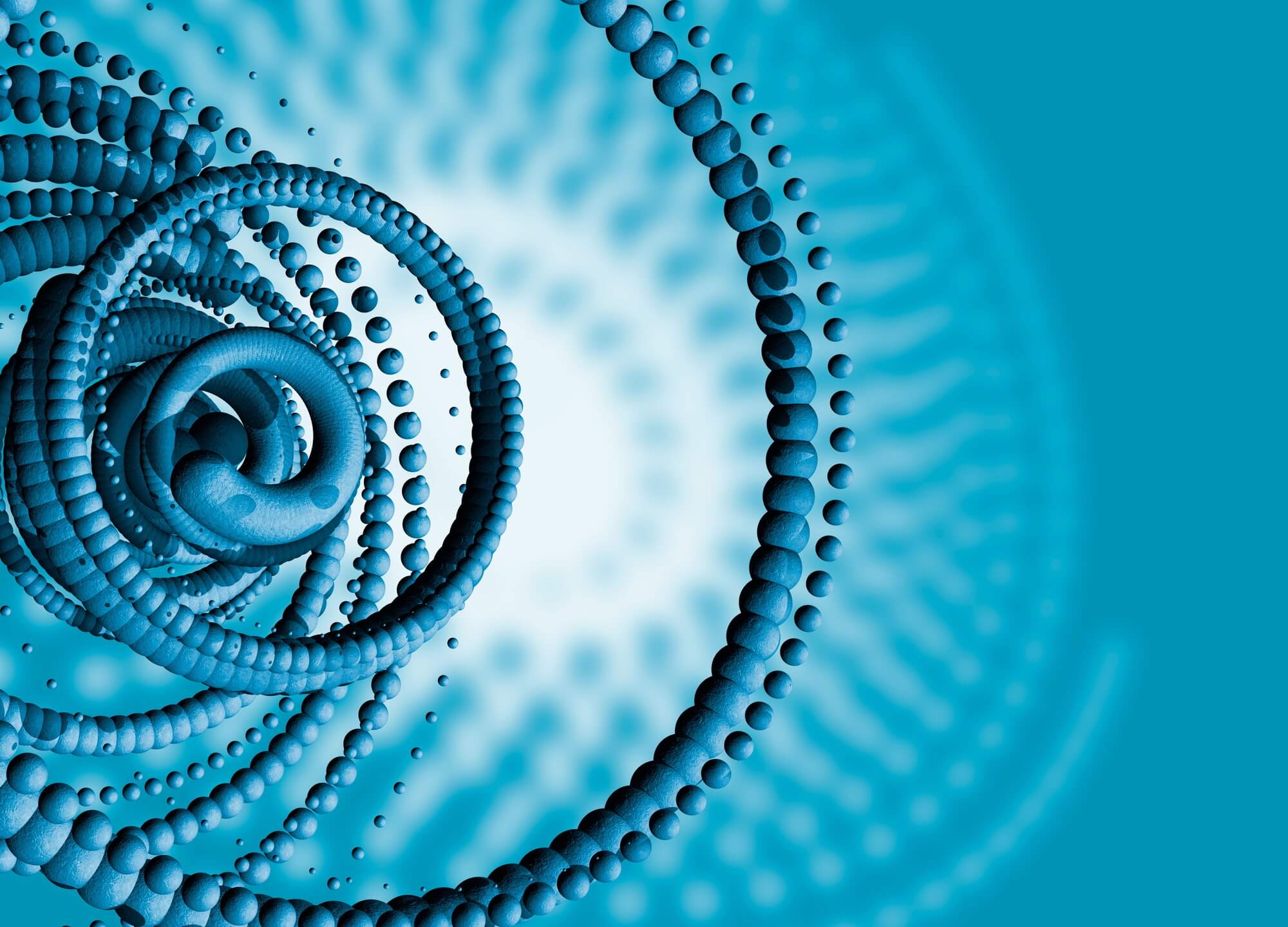Illinois Tech physicist and Fermi Lab share breakthrough findings in search for new neutrino particles in the universe

Associate Professor of Physics Bryce Littlejohn worked on a multi-year study at the Fermi National Accelerator Laboratory in search of photographic proof of the existence of a fourth "barren" neutrino.
Associate Professor of Physics Bryce Littlejohn of the Illinois Institute of Technology is part of an international team of scientists that has dealt a blow to a popular theory that a fourth "barren" neutrino exists. The results of the groundbreaking research were published today at the Fermi National Accelerator Laboratory (Farmilab).
Neutrino particles, which come in three known "flavors", are smaller than atoms and are among the most common elementary building blocks in the universe. For decades scientists have searched for an explanation for unexpected indications that neutrinos switch flavors between where they are created and where they are detected. A popular theory to explain this result posits that there is a fourth undiscovered "barren" neutrino that resembles a ghost even more than the three known flavors. Today's findings from experiments conducted by MicroBooNE, a powerful neutrino detector built at Paralab to better understand neutrino interactions, deal a strong blow to this theory.
MicroBooNE is like "a giant digital camera that takes precise millimeter-scale digital images of interactions between neutrino particles inside the camera," says Littlejohn. It uses special light sensors and more than 8,000 interconnected wires to capture neutrino-particle interactions. Littlejohn, who has been working on this project since 2012, organized the installation of the detector's electronics used to operate these wires and read data from the detector. Being the chairman of the fluctuations group, he is also responsible for the analysis group that produced the new results reported. More than two hundred researchers from 36 institutes in five countries were involved in helping MicroBooNE achieve this latest discovery.
Littlejohn's research group at Illinois Tech used artificial intelligence and deep machine learning to process the MicroBooNE images and create charts detailing the trajectories and identities of the products of neutrino interactions. These images and tools allow researchers to distinguish between electrons and photons in MicroBooNE images, critical information that was missing from previous experiments.
"If in previous experiments they were right in seeing hints of barren neutrinos, we should have seen something new and crazy, but we haven't seen anything new and crazy there so far," says Littlejohn. "Either this new neutrino can't be there or it looks different than people expected."
Although the data did not reveal proof of the existence of a fourth neutrino, this still does not explain the anomalies that appeared in previous experiments of neutrino physics. MicroBooNE researchers will perform follow-up analyzes with additional data that will test different types of new physics that go beyond the Standard Model and next year the new, higher precision detectors SBND and ICARUS will begin operating at Paralab to further enhance MicroBooNE research.
"We know that new physics has to be somewhere. Otherwise, for example, we wouldn't have seen all this evidence pointing to the existence of dark matter," says Littlejohn. "There must be a connection between the dark matter we see in the universe and new and strange types of particles that we can produce in high-energy physics laboratories here on Earth."
